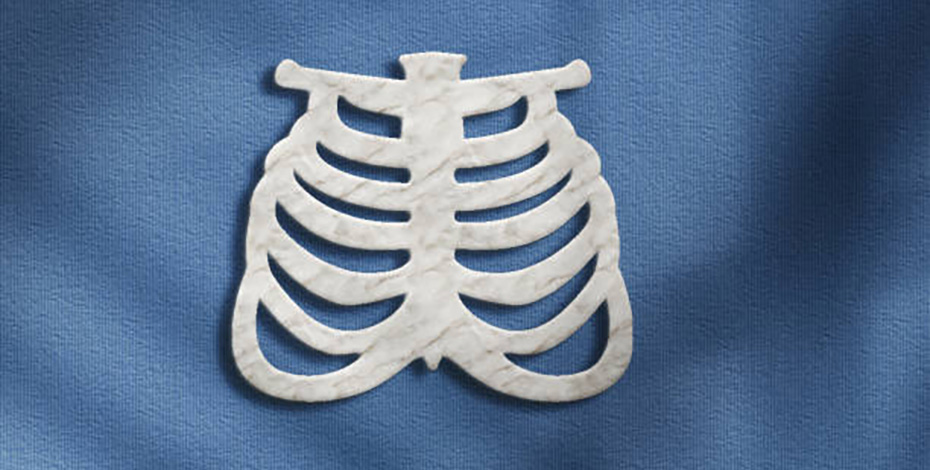
Managing rib fractures

JOURNAL OF PHYSIOTHERAPY Clinical Associate Professor Mark Elkins has written an Invited Topical Review on physiotherapy management of rib fractures. Invited Topical Reviews are hugely popular because they summarise the causes, assessment, diagnosis, prognosis and management of a condition.
Your Invited Topical Review recognises several causes of rib fractures. Why is this distinction important?
There are traumatic rib fractures, stress fractures, paediatric fractures and pathological fractures.
Each different aetiology signals a different approach that should be taken by the physiotherapist.
Traumatic rib fractures should be assessed carefully.
The location of such fractures is associated with the likelihood of concomitant injury of specific internal organs.
The location and number of fractures herald whether the patient should be referred on for further assessment.
Stress fractures are common in sports involving resisted upper limb movement (eg, rowing), throwing (eg, baseball), swinging (eg, golf) and upper limb weight- bearing (eg, gymnastics).
Rest followed by biomechanical analysis and graded reintroduction of load is recommended.
Although children can sustain rib fracture through misadventure, possible non- accidental trauma (eg, child abuse) should also be considered.
Pathological fractures can occur due to osteoporosis or malignancy but may also be due to rarer diverse conditions such as osteodystrophy and overexposure to vitamin A.
What about diagnosing rib fractures?
X-ray is useful for screening for major internal injuries and obvious rib fractures.
Although CT is likely to identify additional, less obvious fractures, the clinical implications of diagnosing those additional fractures are usually negligible.
Of particular interest to some physiotherapists is the fact that point-of-care ultrasound has equivalent diagnostic test accuracy to CT.
Does the paper cover medical management as well as physiotherapy management?
Yes, it briefly reviews the evidence for various methods of pharmacological analgesia, intensive care and surgical fixation.
This sets the scene for the background management to which physiotherapy interventions might be added.
What physiotherapy interventions were shown to be effective?
For traumatic rib fractures, there is evidence that a range of physiotherapy interventions are beneficial, starting with a triage tool to guide appropriate referral.
Then, depending on the location and number of ribs fractured and other complications, benefits have been demonstrated with transcutaneous electrical nerve stimulation, education, incentive spirometry, non-invasive ventilation, cryotherapy, pulsed ultrasound and continuous positive airway pressure.
What about the other types of rib fracture?
Unfortunately, there are virtually no trials of physiotherapy interventions for rib fractures due to the other causes.
Some consensus guidelines for sports-related stress fractures are discussed.
Is that where future research should be focused?
Yes, certainly.
But also most of the benefits from physiotherapy interventions for traumatic rib fractures have only been demonstrated with single randomised trials, so further replication of these studies is also warranted.
>> Mark Elkins APAM is a clinical associate professor at the University of Sydney, the scientific editor of Journal of Physiotherapy and a co-director of the Physiotherapy Evidence Database. Mark also teaches research methods to clinicians and mentors physiotherapists engaged in workplace-based research in the Sydney Local Health District.
© Copyright 2024 by Australian Physiotherapy Association. All rights reserved.





